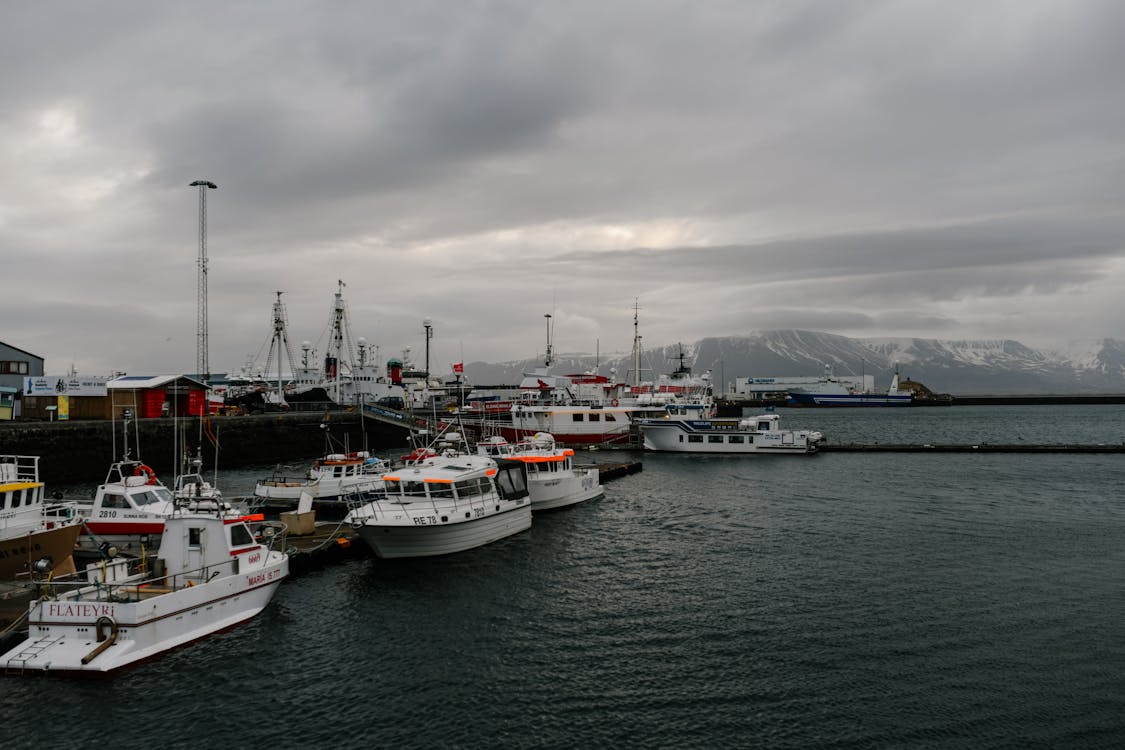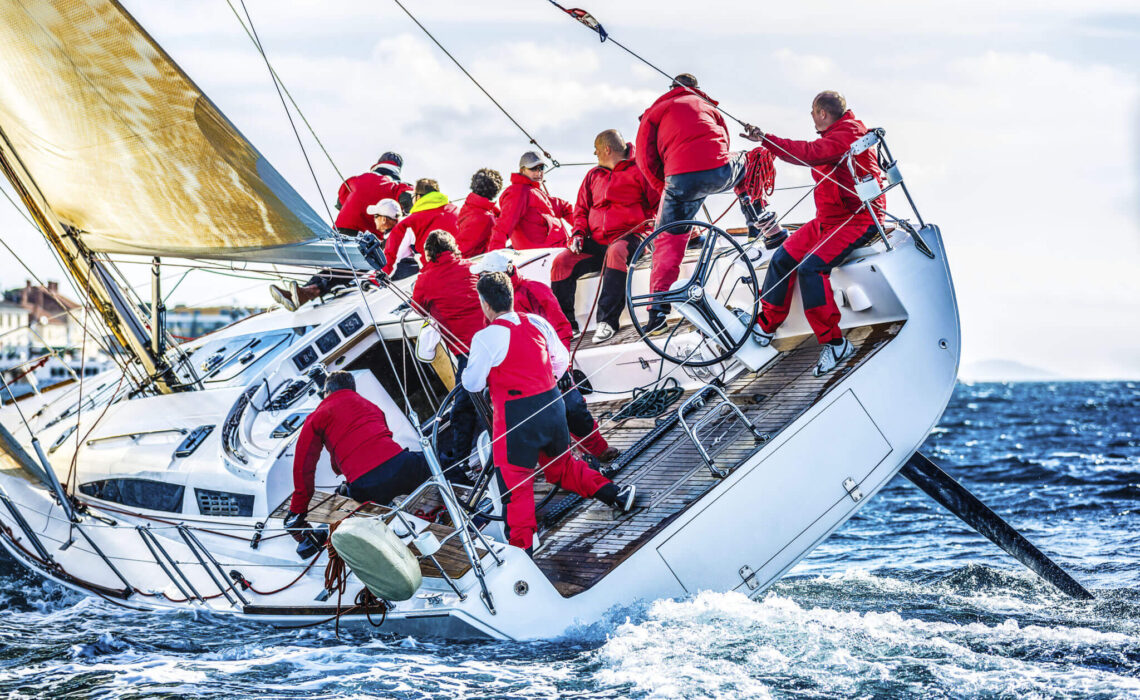Everyone knows that having a pleasant day out by the bay, lake, river, or any form of water is a rewarding experience.
Can you imagine having fun and bonding with friends and family as you cruise the open waters? Sailing does that, and it offers way more. What’s more, is that you can get your boating supplies and shop for inflatable catamarans sailboats online.
You can have all the sailing and boating adventures you want, but keep in mind that, like everything else, there are risks to such an endeavor. Below is a list of the dangers sailing and boating have and what you can do about them.
1. Broken Mast
Table of Contents
A broken mast is one of the many vessel-related risks you will face during sailing. A sudden gust of wind or a freak storm can break the mast. In addition, a broken mast can also cause damage to other parts of your vessel. The worst-case scenario is the component hitting one or more passengers on board.
You can inspect the mast before you head out to open waters. Check that it does not have any loose parts.
See to it that it connects to the foundation without being wobbly or loose. Doing so will prevent the mast from breaking due to strong winds.
2. Cracks And Holes Leading To Sinking
You might be halfway across the lake or sea when you realize your vessel is taking in buckets and bucket loads of water. It can be either from cracks on the hull or holes you might not know are in the boat itself.
The worst part is that you might not discover it until it is too late. Sinking does take hours to happen, but that does not mean you have to take the situation for granted.
There are many things you can do to stop your boat from sinking. You can check your shaft seals, bellows, cockpit drains, and skin fittings and secure them as much as possible before heading out.
You can also replace any of these components that require replacement.
It is also a neat action to take a look at your boat’s bilge pump and float switch. These components are a high priority to avoid a sinking scenario once in the water.
3. Capsizing
Capsizing is when your vessel overturns due to natural and other man-made reasons. There are times when it can be due to bad weather. In addition, lack of experience at the helm also causes this risk.
You can do a couple of things to avoid capsizing your boat.
The first thing is to distribute the load you are carrying. This action balances the boat’s mass and prevents any unwanted turning.
You can also practice good seafaring techniques. You can learn most of these things from online courses and educational programs; there are even hands-on courses you can take for a quick buck.
4. Lightning
Yes, there are instances where lightning has caused trouble for unfortunate sailors. So it is also one of the numerous risks you must be wary of once sailing with friends and family.
Taking an aluminum or steel vessel for your trip would be wise.
As lightning can deal less damage to these kinds of boats. You can still take a plastic one, but note that lightning can burn it down to a crisp.
Another thing you can do is install lightning ground somewhere in your vessel. You might have to spend a bit more cash doing so. But most aluminum and steel boats have pre-installed ground components.
5. Massive Waves
Another risk you can encounter while sailing is massive waves. Most vessels have no issues dealing with crazy water conditions as they will only ride the natural phenomenon to avoid being thrown or turned. However, there are times when the weather racks up massive waves that might be too much for your boat to handle.
One of the best things you can do is drop and spread as much sail as your vessel allows. These components will cause your boat to go with the wind and avoid any potentially-dangerous waves.
Massive waves are due to a sudden storm. It would be wise to reschedule your trip once the weather appears erratic or dark.
6. Weather Conditions

Speaking of weather, you also have to deal with heavy storms, snow, and other weather conditions. These natural occurrences can either make or break your trip.
The best way to avoid erratic weather is to look at weather forecasts and announcements. Doing so allows you to plan your trip.
Not because it is sunny outside means, you can pack your things up and head to the water immediately. Keep in mind that the weather can turn without warning, and you might face a storm not too long after leaving the shore.
7. Someone Going Overboard
Falling overboard is something that rarely occurs regardless of your vessel’s scale. But the risk can still happen in the most unlikely of moments. That is why many boat makers consider this aspect, and they manufacture boats and other sea vessels that consider overboard instances.
Ensure your vessel has enough guard rails and other safety measures to prevent anyone from falling into the water. Also, secure all the doors and other passageways that lead to the water.
Also, have every passenger wear safety gear, such as life jackets and other things.
8. Encountering Sharks
You don’t have to watch the movie Jaws to know sharks’ dangers for seafarers. These water predators can cause a stir for anyone who sails. But the thing is, sharks do not attack humans without being provoked.
If you encounter a shark or two, it is best to leave them alone. It is never a neat action to throw things at them or try poking them with sticks and other things.
It is best to head in another direction to avoid getting your boat in contact with one of them.
9. The Water’s Just Fine
Sailing and boating are decent ways to spend time with your loved ones. But you have to prepare for the risks that this endeavor has. Doing so allows you to take the necessary actions to avoid the risks without an issue. It is better to play things safe than to be sorry once you hit the waters. Happy sailing!
- How To Create A Safe And Comfortable Home Environment For In-Home Care In Boca Raton? - July 16, 2024
- 10 Trendy Black Nail Ideas To Elevate Your Nail Game - May 6, 2024
- Getting A Free Divorce In Virginia? Here’s What To Expect - April 24, 2024





No Comments